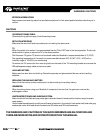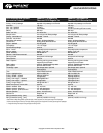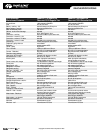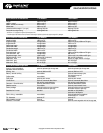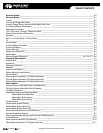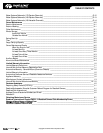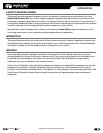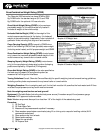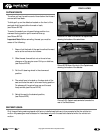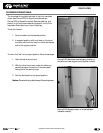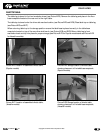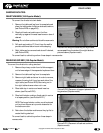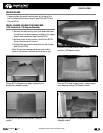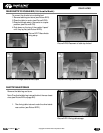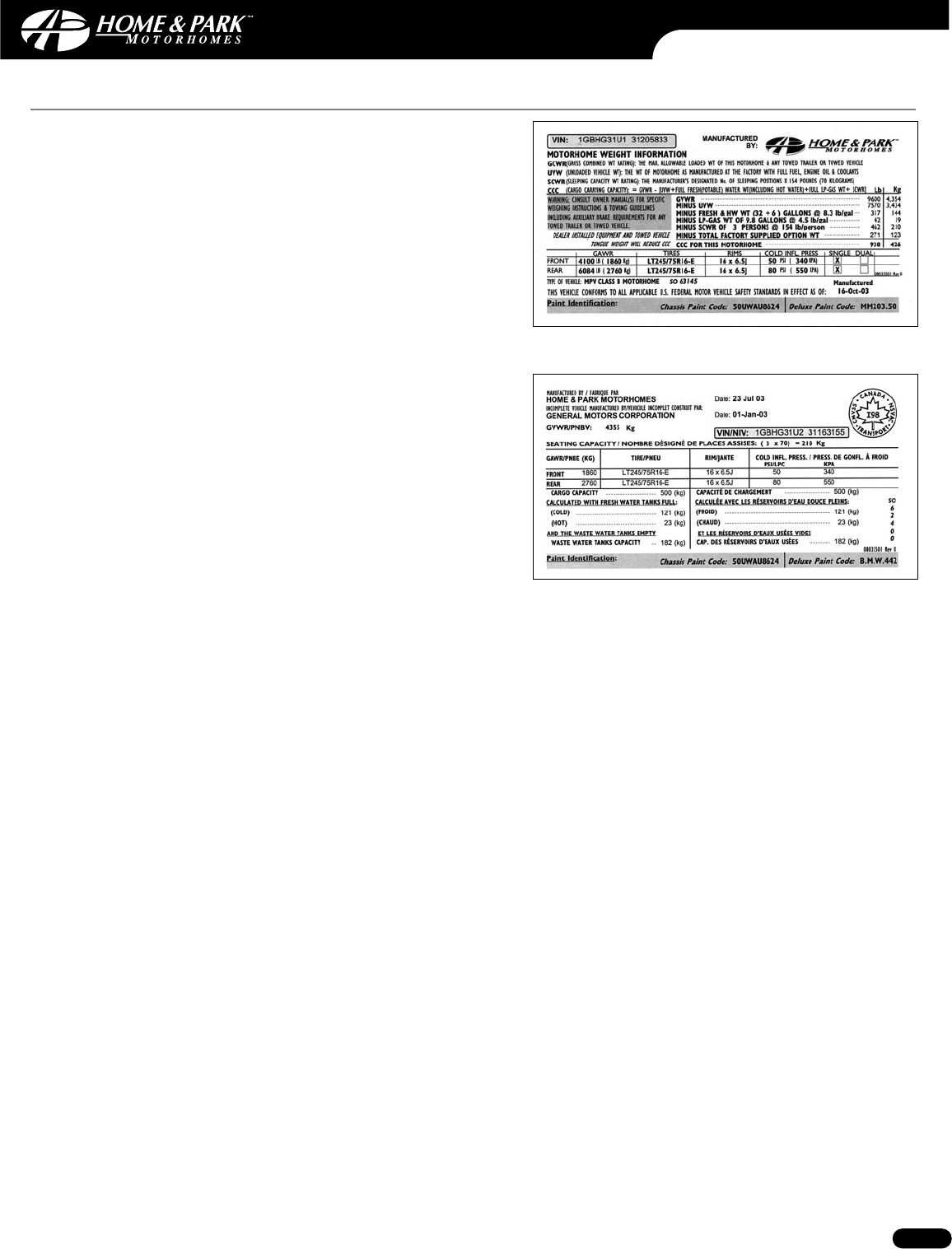
INTRODUCTION
DDoocc NNoo::
21906503
RReevv::
02 Copyright © Hanmar Motor Corporation 2005 A-1
Gross Combination Weight Rating (GCWR)
The Chevrolet 3500 extended van has a GCWR of 6350
Kg/14000 lbs for the standard engine (6.0 L) and 7258
Kg/16000 lbs for the optional 4.10 rear axle ratio.
Gross Vehicle Weight Rating (GVWR): is the maximum
permissible weight of this vehicle when fully loaded.It
includes all weight at the vehicle axle(s).
Unloaded Vehicle Weight (UVW): is the weight of this
motorhome as manufactured at the factory.It includes all
weight at the vehicle axle(s).If applicable, it also includes full
generator fluids,including fuel, engine oil and coolants.
Cargo Carrying Capacity (CCC): is equal to GVWR minus
each of the following:UVW,full fresh (potable) water weight
(including water heater),and full propane weight and SCWR.
Gross Combination Weight Rating (GCWR): (motorhomes
only): means the maximum allowable loaded weight of this
motorhome and any towed trailer or towed vehicle.
Sleeping Capacity Weight Rating (SCWR): (motorhomes
only): is the manufacturer’s designated number of sleeping
positions multiplied by 154 pounds (70 kilograms).
Gross Axle Weight Rating (GAWR): is the value specified as
the load carrying capacity of a single axle system, as
measured at the tire-ground interfaces.
Towing Guidelines: Consult Chevrolet Owners Manual(s) for specific weighing instructions and towing guidelines
including auxiliary brake requirements for any towed trailer or towed vehicle.
Weighing Procedure:Prior to weighing each unit,the fuel tank must be full, as well as the fresh water tank. All tires
must be of equal pressure, and any snow must be removed.
Note the weighing must be done on level ground!
Equipment: 2 Portable Scales (including electrical power source), 2 wooden ramps, lift and pressure gauge.
Alternate: D.O.T.approved customer scales
Note: Wooden ramps must be equal to or less than 1/8" of the height of the scales being used.
Procedure:
1) Fill Fuel Tank
2) Fill Fresh Water Tank
3) Measure all tire pressures and equalize if necessary
4) Place wooden ramps below rear wheels (using lift or driving onto ramps for levelling vehicle; N/A if
commercial scales used)
5) Place scales under front wheels
6) Record scale readings
7) Repeat for rear wheels
8) Fill Propane Tank
Sample of Canadian Weight label:
Sample of US Weight label:



